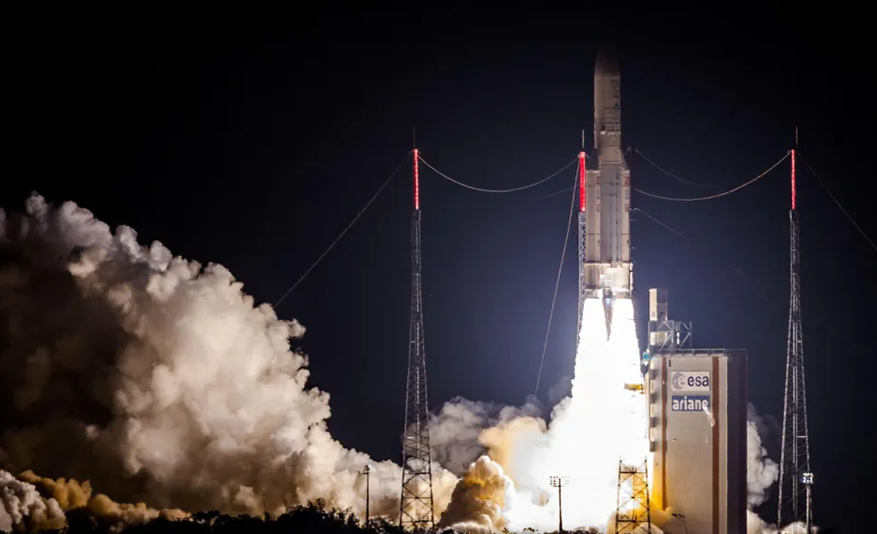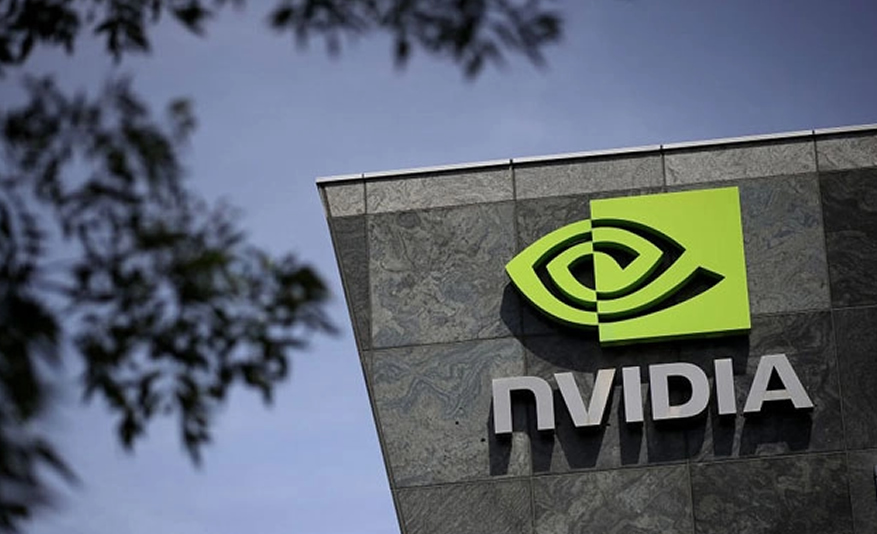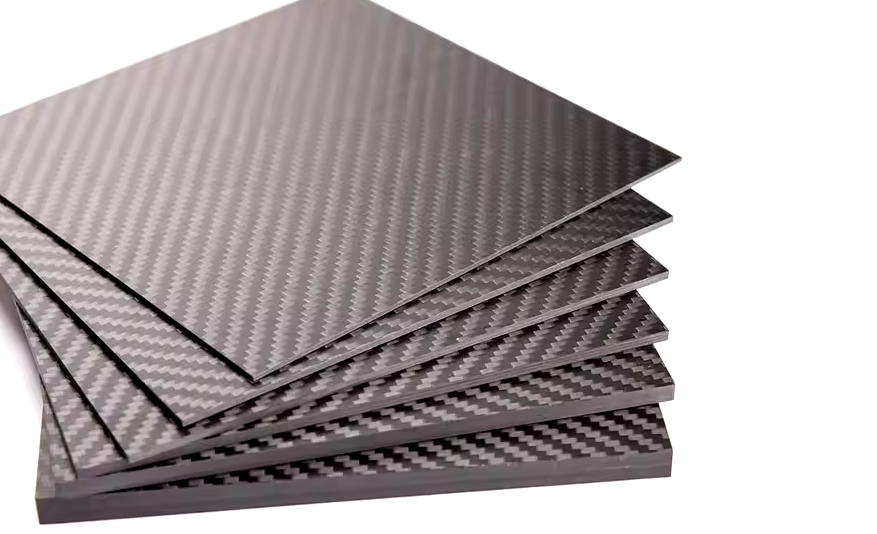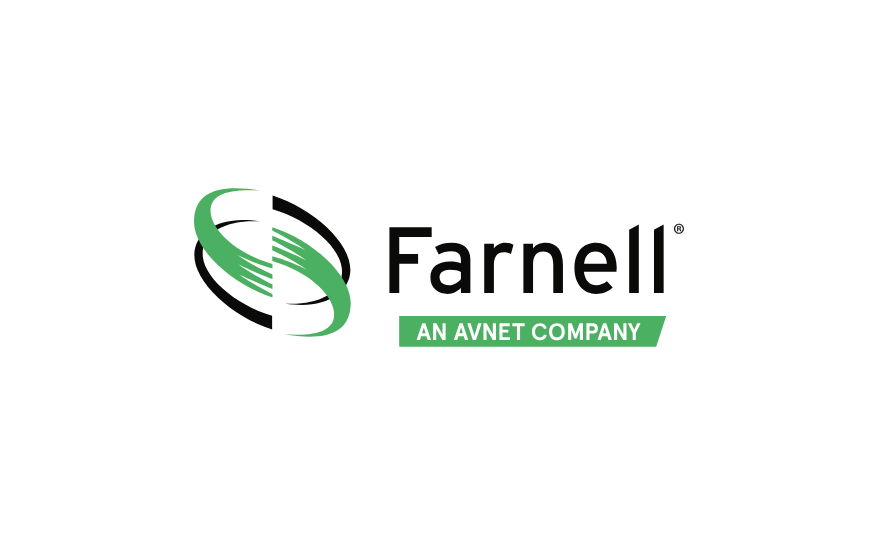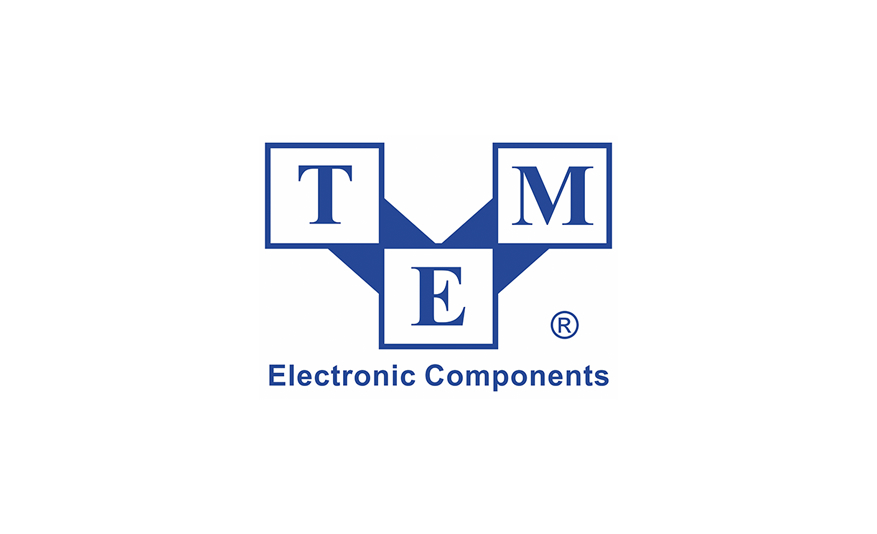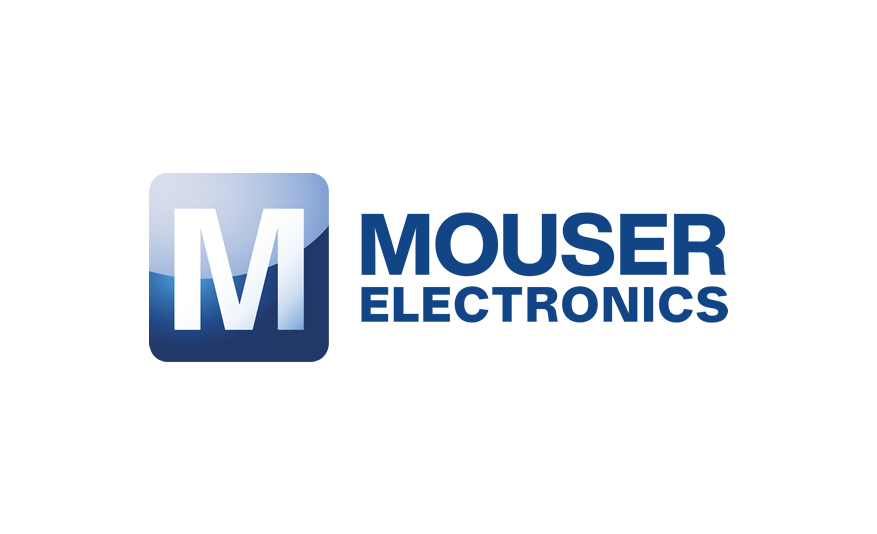Over the last six decades, automation and robotics have advanced how functional industrial coatings are applied and used. The results have included better precision of coating processes, lower costs, and improved product performance.
Functional coatings have been used in industrial applications since the Industrial Revolution. Today, functional coatings are advanced formulations that resolve friction, sticking, corrosion, noise, and abrasion issues — and delivering FDA compliance in some cases. Other benefits include increasing the value and lifespan of finished products and components in aerospace, defense, automotive, food processing, agriculture, chemical processing, consumer goods, and manufacturing applications.
The 1960s to 1980s saw an array of mechanical methods to situate parts closer together and more uniformly apply coatings. Parts being coated were advanced past a coating station either manually or via a chain-on-edge conveyor. Back then, indexing machines were hard to control. Workers had to make do with pulleys, belts, and gears, as variable-speed servomotors weren’t yet an option. So, the technology necessitated mechanical advancing of the spray gun to apply the coating as parts shuttled by.
Parts not conveyable by chain-on-edge machinery were manually sprayed, and it was the workers’ eye-hand coordination combined with the tooling design that influenced how efficiently coating could be applied. When coating complex shapes, an overhead conveyor was often also used. Parts were coated one at a time and hung on the conveyor to be cured at 200 to 700° F (depending on the coating applied) to make them perform as designed.

Today, there are two distinct branches of coating automation. The first is for coating cookware and bakeware via simpler processes evolved from the original one-coat application of the 1970s to today’s trio of primer, intermediate coat, and a topcoat. This coating-application process is done on chain-on-edge equipment while rotating the pans … and requires a large amount of coating material to reach coating thicknesses of 0.0018 to 0.0023 in. per side.
In contrast, far less coating is needed for industrial applications (as in automative, aerospace, and manufacturing equipment). These typically involve multifaceted parts needing tighter tolerances and coating thicknesses of 0.0003 to 0.0008 in. per side.
The quest for better coating equipment
Eventually, spray guns capable of emitting a very small coating pattern became available. Some companies adopted the use of spray guns that weren’t electrostatic but capable of producing 0.5 in. wide sprays. In contrast with more traditional guns with six or seven-inch spray patterns, these were more accurate and efficient, especially for coating small and complex parts. The addition of high-volume low-pressure (HVLP) spray guns helped to reduce material consumption.
In a few cases, pressure-pot spraying systems commonly used for coating parts were used to feed the coating material through the spray gun with hopes for improved precision. Unfortunately, despite the use of accurate air-pressure regulators, the airflow through the plant would fluctuate enough to cause small variances in the amount of coating material during application.
Despite modest improvements, inconsistencies and uncontrollable variables persisted. So, an applicator might coat 10 parts in a row within the specified mean thickness and then find the next two or three parts exceeding spec. Then the applicator might adjust pot pressure only to find coatings falling short of spec. In addition to high part-rejection rates, this type of fluctuation necessitated tight inspection of final coated parts, which increased applicators’ labor costs.
Adopting automation for coating processes
As coatings advanced, they became costlier — as did the cost of spray guns and related equipment. So, applicators sought ways to reduce the amount of coating they were using with equipment such as electrostatic spray guns. Some even studied various spray-gun atomization patterns hoping to hit upon just the right design that could provide the maximally economical solution.

Chain-on-edge conveyors also saw innovation: Their accuracy improved when new units featured gear-driven spindles instead of belt-driven spindles. Better indexing equipment led to better control of the coating process. Also, by adding linear actuators to move the spray guns, systems could mimic manual routines … though only for very repeatable applications. Incremental improvements modestly improved the material consumption of operations based on chain-on-edge machines, but quality still needed tight monitoring through inspections.
When robotics came on the scene in the late 1980s, they were mostly X-Y coating tables for coating straightforward round or flat parts. Such Cartesian machinery carried a spray gun back and forth over parts to coat them — eliminating the risk of a human operator becoming fatigued from holding a spray gun attached to a pressure pot or a cup gun for several hours at a time. Such X-Y coating tables also reduced the effect of human error on finished workpieces. Finally, such machinery could be programmed to shut off in between parts, preventing valuable material from being sprayed into the air and wasted. Still, applicators lamented that X-Y tables only achieved 60% to 65% coating-application efficiency, only modestly better than that of hand spraying. Incremental improvements only took X-Y table efficiencies to 70% or so.
Robotics were the answer for coating
Motivated by frustration, one entrepreneur began working on his own solution. Trial and error over several years landed him on statistical process controls and consistent part-to-part measurement. These in turn enabled development of a computer-controlled system capable of auto-dispensing the same amount of coating from a spray gun, within control limits, when coating a given part type. This system had the repeatability necessary to hold the spray pattern to within an ±8-µm diameter.
In 1996, this new coating system was first used on production parts for the automotive industry. Its exacting control eventually diminished variances in coating applications to only ±3 µm on a tolerance of 12 to 18 µm. Today, for one part, this tolerance is held on a 0.0375-in. diameter foot-long shaft. The actual amount of material used in coating the shaft is controlled to hundredths of a gram. What’s more, accurate part indexing and rotation makes for a negligible rejection rate, thus raising coating efficiency closer to 80% and reducing material, labor, and inspection costs for the applicator.
As robotics advanced it became possible to coat another automotive company’s supercharger rotors with no air-pressure fluctuation issues and coating thicknesses to within ±40 µm. That’s no small feat considering the complexity of the supercharger’s male and female rotors.
In the early 2000s, collaborative robots (cobots) were introduced to operate in proximity to human personnel. A cobot uses sensors that cue it to pause or stop if an employee or even another piece of equipment bumps it or breaches its programmed range of operation. With increased focus on safety in the workplace and ever-present regulations imposed on manufacturers and their suppliers by the Occupational Safety and Health Administration (OSHA) and other agencies, the safety features offered by these cobots have become essential for functional industrial coating operations still involving manual processes.
Robotics of all types are increasingly affordable, even for small and mid-sized coating operations. What’s more, robot functionality has improved, and programming has become easier. Now, some robotic systems will copy a hand movement — no computer wizard needed. Pre-programmed capabilities let plant personnel quickly learn to make adjustments and troubleshoot issues.
Even surface preparation is becoming more automated. Initially, pretreatments were primarily done by hand using a process called grit blasting, which abrades the product’s surface and removes any contaminants for better coating adhesion. In fact, many products coated with Teflon or polytetrafluoroethylene (PTFE) are still pre-treated this way today. Now though it’s more common that the process is semi-automated to be more efficient as well as safer for workers and the environment. Some coating applicators also use microcrystalline zinc phosphate to enhance the adhesion of resin-bonded PTFE coatings and corrosion resistance.
Automated testing and quality control
Advancements continue in testing and quality-control instruments used to validate coating thicknesses and ensure coating reliability and performance under various conditions.
Automated vision systems abound for testing surface quality, and they’re particularly helpful for companies that coat multitudes of products that share the same basic design characteristics. These products typically have wider tolerance requirements that make for a more straightforward testing process.
In the functional industrial coatings sector, however, such automation is still rare. Numerous different and complex parts are processed, and usually they all have unique quality requirements and tight tolerances. For example, the coating process for a throttle shaft must be tightly controlled because the part must fit snugly into a machined hole. Basically, the target functionality of the part dictates the degree of automation and robotics necessary to effectively coat and validate it.

For such operations, it would be time consuming and cost prohibitive to purchase and program inspection systems to test every complex product being coated. Instead, visual inspection using 10x magnification digital scopes or similar tools let quality control personnel review product to ensure there are no surface defects. In addition, optical LED micrometers, laser micrometers, digital micrometers, and calipers can be used to measure the length or outer diameter of a part or product and verify coating thicknesses. Eddy-current probes are also effective tools using closed loops of electric currents within a magnetic field to measure how many micrometers of coating exist on parts with flat surfaces.
Automated vision systems are improving, and in a few years will undoubtedly offer the capabilities needed to successfully and cost-effectively monitor surface treatments on the most complex parts. Whatever quality-control methods are used, it’s good practice to collect data on the accuracies of coating application and use statistical data to monitor and adjust the application system. In addition, data collected can also be shared with part end users so they too can confirm the efficacy of the process.

Future automation to further advance coatings
Emerging technologies include digital transformation (DX) initiatives complemented by sensor and data analytics enabling realtime monitoring and managing of coating application processes and equipment from anywhere in the world. This capability is already being used in some manufacturing sectors. What’s more, the development of smart coatings, which can respond to environmental changes or self-heal, holds great promise for various applications.












